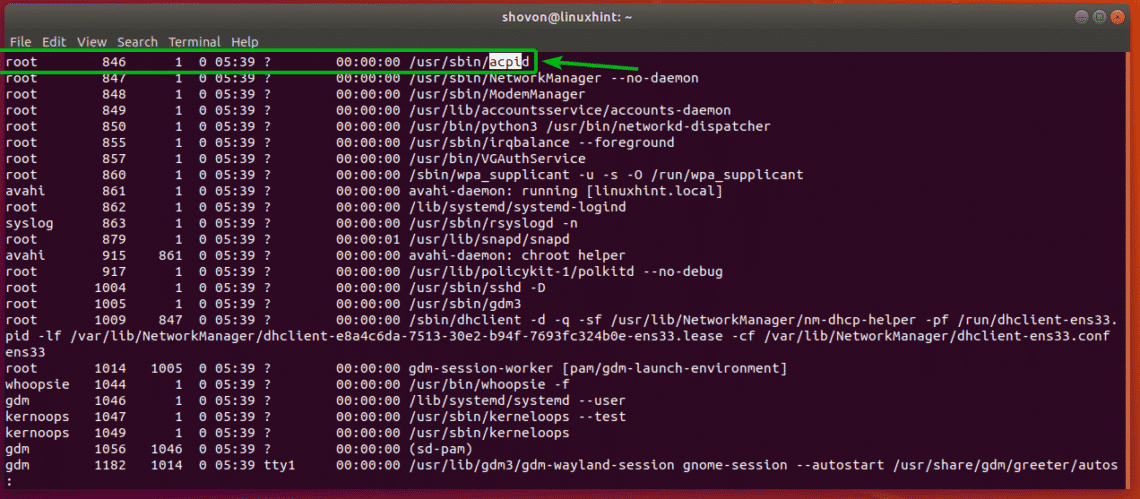

To view all currently running processes filtered by CPU or memory usage, use the following command − $ pd-aux Lists all Running Processes Filtered by CPU or Memory Usage In the above output, PID represents the process ID of the running command, TTY is the type of terminal where the current command is being executed, TIME is the time it takes for the CPU to execute the process, and CMD is the current command. To view all processes currently running on a system, use the following command − $ ps -ef Let’s take a look at real life use cases of ps command which are helpful for system administrators. Ps -U root -u root u − Show processes running by root Ps -L − List all threads for a particular process Ps -ppid − List processes with a given parent process ID ( PPID) Ps -C − List processes for a given command Ps -u − List processes for a specific user Ps -ax − List currently running processes
What ps ef command in linux does full#
Ps -ef or ps -aux − List currently running processes in full format The following are some of the switches used with the ps command − Unix-style syntax can be wrapped and preceded by a hyphen, BSD can be wrapped but not preceded by a hyphen, and GNU syntax uses long options and is preceded by double hyphens. The ps command supports three different syntax styles: Unix, BSD, and GNU. The basic syntax of the ps command is as follows − $ ps

This article provides a comprehensive overview of the various use cases of the ps command in real life. It helps monitor running processes, identify process ID ( PID), terminal type ( TTY), CPU time usage, command name, user ID and other information.

The ps command is a widely used utility in Linux that provides a snapshot of current processes and their status.


 0 kommentar(er)
0 kommentar(er)
